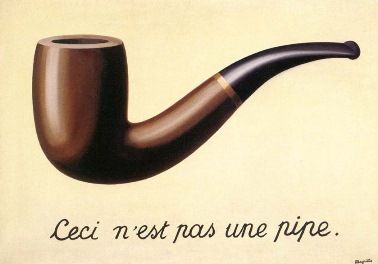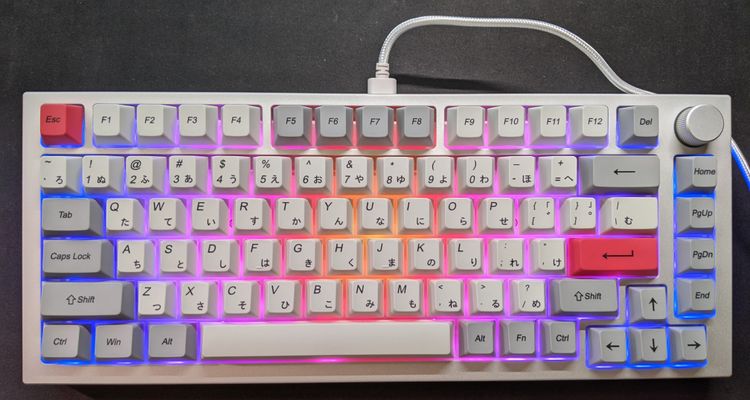The Inner Game of Tennis by W. Timothy Gallwey - Summary and Book Notes
The sportsman's most common complaint: "It's not that I don't know what to do, it's that I don't do what I know!"

The Inner Game of Tennis Book Review
My weightlifting coach used to joke that it'd be easier to teach people if we could give them lobotomies. All too often we 'know' how to improve our stroke/lift/shot/swing, but the instant we try everything falls apart. It's because the description is not the action.

In "The Inner Game", Gallwey shows us how our 'concious self' drowns out our 'doing self' and interferes with our play. He gives techniques for learning to trust your 'doing self', improving body awareness, improving focus, and improving without judgment. The book has 'tennis' in the title, and plenty of examples from the tennis world, but it really applies to any physical activity. We can apply lessons from this book to any activity requiring you to 'get out of your head': conversation, public speaking, performance, etc.
I recommend this book for anyone who:
- Gets 'in their head' too much and struggles to actualize their knowledge
- Gets frustrated when they mess up in any physical activity
- Someone just starting a new sport/activity
- The coach who wonders why their athletes won't follow (overly complicated) instructions.
Buy "The Inner Game of Tennis" on Amazon, read it on Kindle Unlimited

, or check it out at the library.
=======
Quick Summary
The following are rough notes I took while reading. These are mostly paraphrased or quoted directly from the book.
Two Selves
All students of tennis must learn:
- images are better than words
- showing better than telling
- too much instruction worse than none
- trying often produces negative results
Self 1: The concious teller
Self 2: The doer
The key to better anything lies in improving the relationship between self 1 and self 2.
Self 1 does not trust self 2, even though it is far more competent to control the muscle system than Self 1
Getting it together mentally in tennis:
- learn how to get the clearest possible picture of your desired outcomes
- learning how to trust Self 2 and learn from both successes and failures
- leaning to see 'nonjudgementally'--to see what is happening rather than how well or badly it is happening
Quieting Self 1
People in 'flow' feel more integrated, feel free of inhibitions, feel at their peak performance
The first skill to learn is to let go of judgements
The initial act of judgment provokes a thinking process
Letting go of judgments does not mean ignoring errors. See events as they are and add nothing to them.
Judgment results in tightness, and tightness interferes with the fluidity needed for accurate and quick movement.
Don't think about where your racket head should be, Feel where it actually is.
Even positive thinking can be harmful: Self 1 sees a compliment as a potential criticism. "If coach is pleased with this, he will be displeased with the opposite"
Trusting Self 2
Self 1 : Self2 :: Parent : Child
Trusting parent lets the child perform his own actions, even mistakes, because he trusts the child to learn from them.
Watch the correct movement, then feel what it is like to imitate
most of us who learn tennis through verbal instruction can explain in great detail how the ball should be hit but have trouble doing it
The native toungue of Self2 is sensory images. Movements are learned through visual and feeling images.
Get a clear visual image of the desired results and let it happen.
Language is not the action. Words can only represent actions, ideas, and experiences.
Use the minimum technical instruction to hint towards a desired destination. "Awareness Instuction" > "Technical Instruction"
Changing habits
If you have a bad habit don't try to break it, start a new one
Making a Change:
- Nonjudgmental observation
- Picture the desired Outcome
- Trust Self 2
- Nonjedgmental observation of change and result
Give Self 2 the credit. Don't feed your ego [1].
Learning to Focus
To still the mind one must put it somewhere. It cannot just be leet go; it must be focused.
Natural focus occurs when the mind is interested
Listen to the sound of the ball, you will soon e able to distinguish a number of different kinds and qualities of sound.
Learning body awareness: Take strokes in slow motion, place attention on the moving parts of the body.
Also valuable to be more aware of rhythm.
The greatest lapses in concentration come when we think about the past or the future.
Must practice keeping the mind in the present
In a match pick one focus: watch seams of the ball.
Between points is when your mind can drift to the past or the future. Focus attention on breathing.
The second mind wanders to past or future, gently bring focus back to the breath.
The Meaning of Competition
Reaching the goal itself may not be as valuable as the experience of making a supreme effort to overcome obstacles.
Only by playing the role of your enemy does your opponent become your true friend. The opponent's duty is to create the biggest difficulties for you. Both players benefit.
If you are a nice guy and play his forehand, his backhand will remain weak.
Buy "The Inner Game of Tennis" on Amazon, read it on Kindle Unlimited

, or check it out at the library.
Let me know what you thought of the book.
### Notes: [1]: [Ego Is the Enemy](http://amzn.to/2t8tDTc) by Ryan Holiday




Member discussion